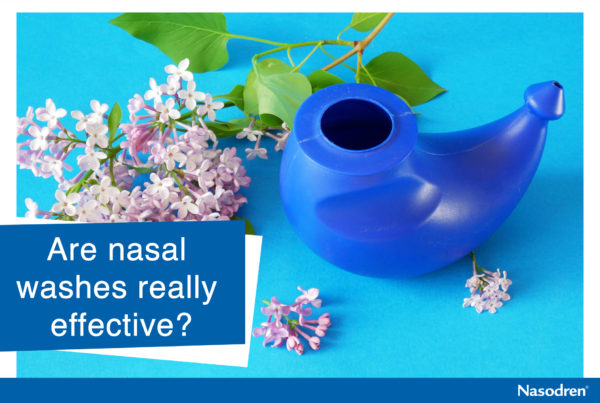It’s an endless source of mucus that often brings trouble when we are sick. We rub, scratch, blow and even curse our noses when we run out of tissues and, yet, the nasal discharge keeps flowing like tap water. However, the human nose could turn out to be an unexpected ally to help defeat antibiotic-resistant bacteria, the so-called ‘superbugs’, which some experts estimate to kill more people than cancer within the next few decades. Fortunately, the answer to fight such a potential threat might be within reach… actually, right up our noses!
German researchers from the University of Tubingen have discovered that a bacterium living in the nasal cavity produces a natural antibiotic which could be used to battle dangerous pathogens. As reported by the journal ‘Nature‘, this bacterium, Staphylococcus lugdunensis, provides us with a molecule called lugdunin that kills the life-threatening superbug MRSA (methicillin-resistant Staphylococcus aureus) in mice and rats.
Despite being at an early stage, the study resulted in promising findings; in a sampling of 187 hospital patients, the researchers found out that those whose noses contained the Staphylococcus lugdunensis bacteria were six times less likely to have the potentially infectious bacteria S. aureus (thus, having far less risk of eventually developing the superbug MRSA) than the ones lacking it. To put it simple, the scientists taking part in the study suggest that the S. lugdunensis, which is only naturally carried by 9% of people, could be developed as a preventive treatment to keep superbugs under control.
“Despite the urgent need for new antibiotics that are effective against resistant bacteria, very few compounds are in development. It was totally unexpected to find a human-associated bacterium to produce a real antibiotic. We’ve come up with a new concept”, said Andreas Peschel, one of the researchers authoring the study.
After all, the S. aureus bacterium lives in the human mucosa without damaging the host, but it can turn into an enemy in cases of immune deficiency. And, on top of that, it’s been getting more and more resistant to an increasing number of antibiotics.
Paving the way for the future
Up to now, most antibiotics have been developed from soil bacteria, but this new study emphasizes once again the importance of the human microbiome as an alternative source of antibacterials. “The human body has a wide variety of ecological niches. Maybe this is now the right place to look for new antibiotics”, added Peschel.
Nevertheless, the study leaves unanswered whether a lugdunin-molecule treatment could work against MRSA in humans, as the team only gathered experimental data in rats and mice. That’s why they insist that more research and trials are needed before coming up with an eventual new drug.
All in all, let’s hope that findings like this will end up yielding effective mechanisms to fight superbugs, a global hazard which we should be aware of.









